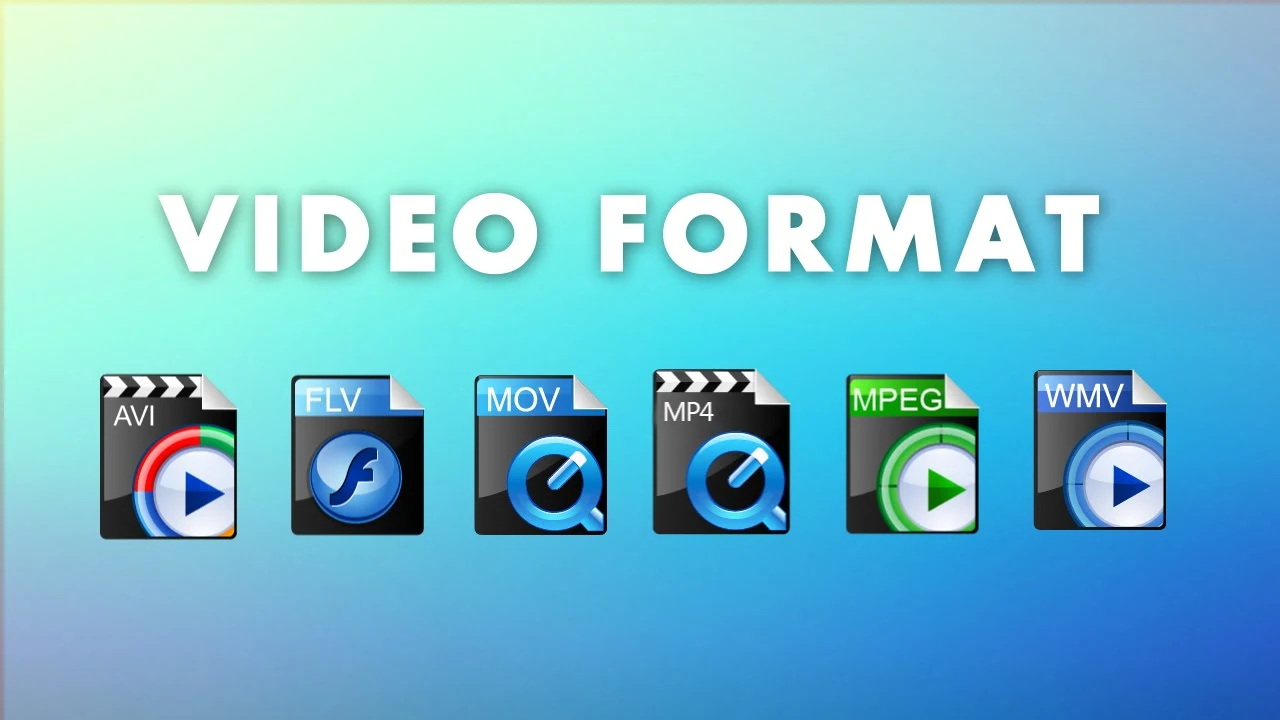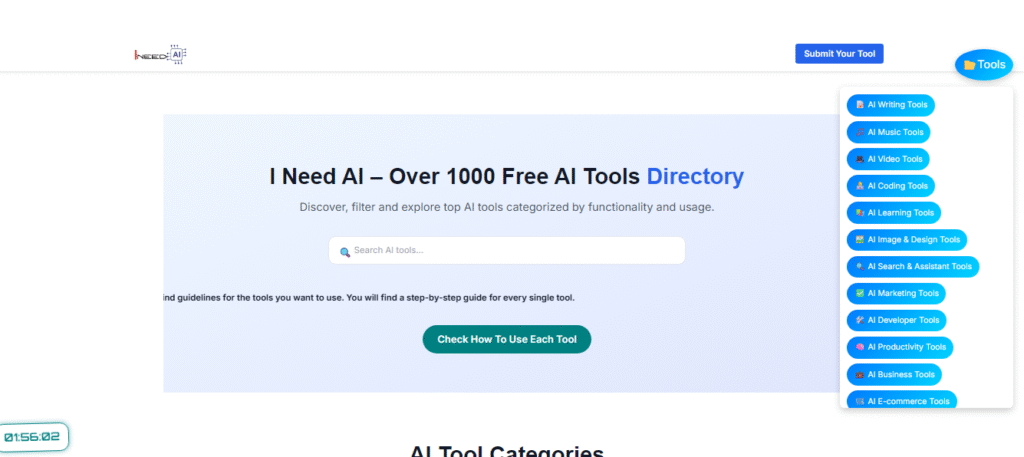In the digital age, video content has become a cornerstone of online communication, entertainment, and marketing. Whether you’re uploading videos to social media, streaming platforms, or your own website, selecting the appropriate video file format is crucial for ensuring optimal playback and compatibility across different platforms and devices. In this blog post, we’ll explore the best video file formats for various platforms and the reasons why they excel in their respective domains.
Table of Contents
ToggleYouTube:
Recommended Format: MP4 (H.264 codec)
Why it’s the Best:
- Compatibility: MP4 with H.264 codec is widely supported across devices and platforms, ensuring seamless playback on YouTube’s vast user base.
- Quality and Efficiency: H.264 codec strikes a balance between video quality and file size, resulting in high-quality videos that load quickly and stream smoothly.
- Accessibility: MP4 format allows for easy sharing and downloading of videos, enhancing accessibility for viewers.
Facebook:
Recommended Format: MP4
Why it’s the Best:
- Optimized for Streaming: MP4 files are ideal for streaming on Facebook, delivering high-quality video playback without buffering or lag.
- Engagement: MP4 format supports interactive features such as autoplay and thumbnail previews, maximizing viewer engagement and retention.
- Mobile Compatibility: MP4 videos are optimized for viewing on mobile devices, catering to Facebook’s mobile-centric user base.
Instagram:
Recommended Format: MP4 (H.264 codec)
Why it’s the Best:
- Visual Appeal: MP4 with H.264 codec preserves the visual quality and integrity of videos, ensuring they look stunning on Instagram’s image-centric platform.
- Quick Uploads: H.264 codec compresses videos without sacrificing quality, allowing for faster uploads and smoother playback on Instagram.
- Story Compatibility: MP4 format is compatible with Instagram Stories, enabling seamless integration of videos into the platform’s ephemeral content format.
Twitch:
Recommended Format: FLV (Flash Video)
Why it’s the Best:
- Low Latency: FLV format offers low-latency streaming, minimizing delays between live broadcasts and viewer interactions on Twitch.
- Adaptability: FLV files can be easily streamed and viewed across different devices and internet connections, accommodating Twitch’s diverse audience.
- Live Streaming Features: FLV format supports real-time encoding and decoding, facilitating the live streaming experience for broadcasters and viewers alike.
Personal Websites:
Recommended Format: WebM
Why it’s the Best:
- Open Standard: WebM is an open and royalty-free video format, making it an accessible choice for hosting videos on personal websites without licensing restrictions.
- Quality and Compression: WebM offers high-quality video compression with minimal loss of detail, ensuring fast loading times and smooth playback on web browsers.
- HTML5 Compatibility: WebM is compatible with HTML5, the standard markup language for web content, allowing for seamless integration and playback on modern browsers.
Twitter:
Recommended Format: MP4 (H.264 codec)
Why it’s the Best:
- Compatibility: MP4 with H.264 codec is widely supported by Twitter’s platform, ensuring that your videos can be viewed by the broadest audience.
- Quality and Efficiency: H.264 codec strikes a balance between video quality and file size, allowing for high-quality videos that load quickly and stream smoothly on Twitter’s timeline.
- Mobile-Friendly: MP4 format is optimized for viewing on mobile devices, catering to Twitter’s mobile-centric user base and ensuring that your videos look great on smartphones and tablets.
- Integration with Twitter Cards: MP4 videos can be embedded within Twitter Cards, providing an engaging and interactive experience for viewers directly within their Twitter feeds.
By choosing the MP4 format with H.264 codec for your videos on Twitter, you can ensure maximum compatibility, quality, and engagement with your audience on this popular social media platform.
selecting the right video file format is essential for optimizing video playback and user experience across different platforms.
By choosing formats such as MP4, FLV, and WebM that are tailored to the specific requirements and features of each platform, content creators can ensure that their videos reach their intended audience in the best possible quality and format.












